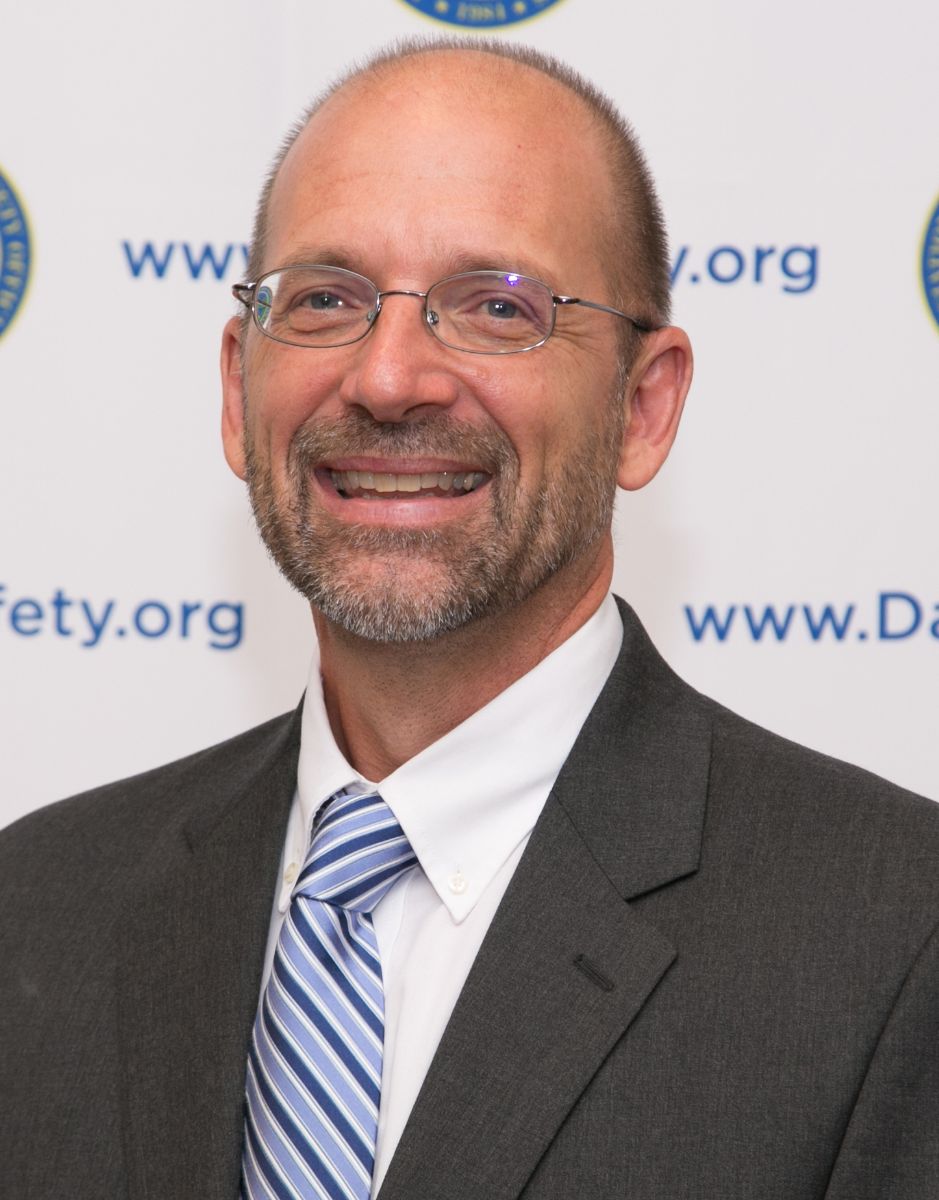 Jim Pawloski is President of the Association of State Dam Safety Officials (ASDSO). He has been a dam safety engineer with the Michigan Department of Environmental Quality since 1989. Jim spent five years with STS Consultants (now AECOM) prior to joining the State of Michigan. With STS he worked on a wide variety of water resources projects including hydropower, coastal engineering, dams, and flood insurance studies. The highlight of that experience was preparation of a feasibility study for hydropower development at two sites in the People’s Republic of the Congo, Africa.
Jim Pawloski is President of the Association of State Dam Safety Officials (ASDSO). He has been a dam safety engineer with the Michigan Department of Environmental Quality since 1989. Jim spent five years with STS Consultants (now AECOM) prior to joining the State of Michigan. With STS he worked on a wide variety of water resources projects including hydropower, coastal engineering, dams, and flood insurance studies. The highlight of that experience was preparation of a feasibility study for hydropower development at two sites in the People’s Republic of the Congo, Africa.
Jim has been a frequent speaker at ASDSO functions, including regional technical seminars and public owner workshops. He has served on the ASDSO board of directors since September 2011. He also serves as the chairman of the ASDSO Awards Committee, and as a member of ASDSO’s Dam Failure Investigations and Dam Rehabilitation Finance committees. He has also served on the board of directors for the Boardman River Dams Committee, which is directing the largest dam removal project in Michigan.
Our Dams Need Investment
We’re not doing very well. We estimate we need about $18 billion just to deal with the non-federal, high-hazard-potential dams, and maybe another $36 billion to deal with all dams. Most dams are not owned by the federal government; most dams are privately owned. There are about 80,000 dams in the U.S. and so we have a huge mass of infrastructure out there, and they’re not in great shape and the funding needs are huge, just like with the rest of our public infrastructure.
ASDSO: Building Awareness of Dam Safety
…What we’re trying to do with the Association of State Dam Safety Officials is to improve the condition of dams and improve the safety of dams and the safety around dams. Our association does that in a couple of ways: one of them is through education…Our organization also helps support all of the state dam safety programs throughout the country…And one of the other things we’ve tried to do is build and encourage a unified front in the dam safety business, to try to create awareness for everyone.
Dam Safety Isn’t Just About Infrastructure
People may be fishing around a dam or swimming in near around the dam, or running their boats, or canoes, or kayaks on the river where there’s a dam…If you’re floating your canoe or kayak you might not even see the dam coming because it’s just a submerged water-level control or something…And so we’re trying to look again at this issue and talk more about what we’re calling recreational safety around a dam, where it’s not necessarily the safety of the dam structure itself but it’s the safety of those people who are around or near a dam.
Who Is Responsible for Dams?
It’s critical to keep public awareness in the forefront. Most people probably live within 10 miles of a dam and don’t even know it…People just don’t have an awareness, but that dam structure is infrastructure just like anything else. I liken it to a garage or a barn or a house or a bridge. If those things are founded on your property then you’re responsible for that structure. They are in private ownership, and so being in private ownership in most states like mine, the responsibility for those structures lies with the owners of the structure.
Dams Do Fail
We’re in the business of trying to make sure that all dams are safe across the country. We only have to go back to last fall in South Carolina where we had nearly thirty dam failures in some severe flooding down there. Yes, the dams are failing. The rate at which they’re failing—I’m not sure that it’s any worse than it has been. It may be that now we’re documenting things better, and just like many other industries the better information and the more information we have it looks, maybe it looks worse than it used to be. But, yes, dams do fail.
The Many Benefits of Dams
You’ve got water-supply dams that provide reservoirs for water supply. All dams, to some degree, provide a measure of flood control. We’re generating hydro-power with dams all throughout the country. Dams are sometimes involved in water treatment and wastewater treatment. You’ve got dams controlling water flows for irrigation purposes, for navigation up and down the Mississippi river. These lakes that are created by dams provide recreational opportunities. So you’ve got a huge amount of benefit that comes from these numbers of dams, and likewise a huge awareness campaign to maintain.
Download full transcript (PDF): Jim Pawloski on The Infra Blog
Tags: ASDSO, Association of State Dam Safety Officials, Dams, Jim Pawloski






 RSS Feed
RSS Feed